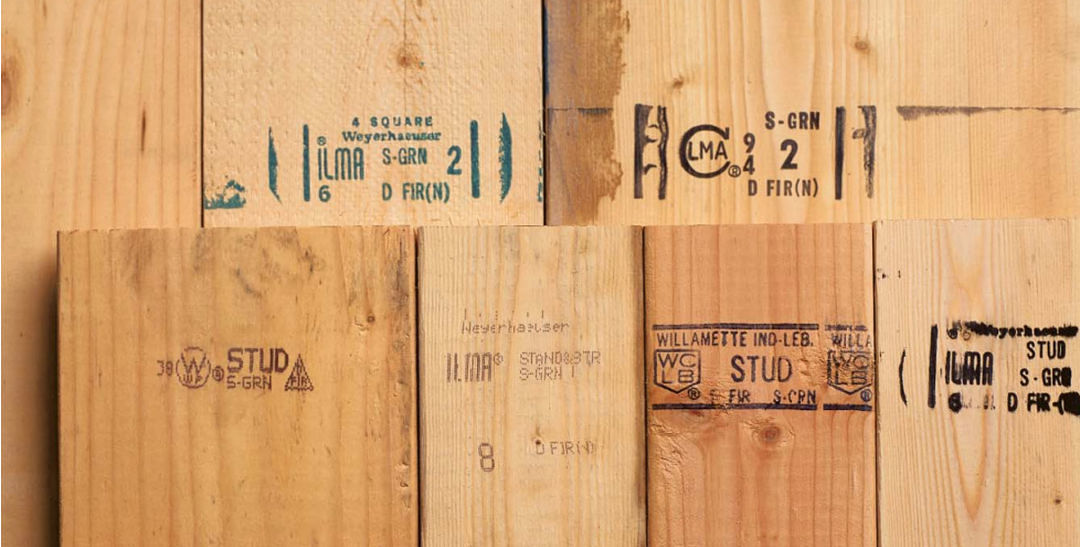russau
Gold Member
It's obvious on what they did with the poles BUT the stumps had to go for the Cabbage field ! BUT in the Winter they needed heat to survive so they had a big pile of stump's ! think about it .....would they let those sumps rot in the field OR sit around after being out of the ground and a VERY USEFULL fuel for a fire to keep them warm through the Winter HMMMM
HMMMM  I don't think they were that dumb !
I don't think they were that dumb ! 
 HMMMM
HMMMM  I don't think they were that dumb !
I don't think they were that dumb ! 








